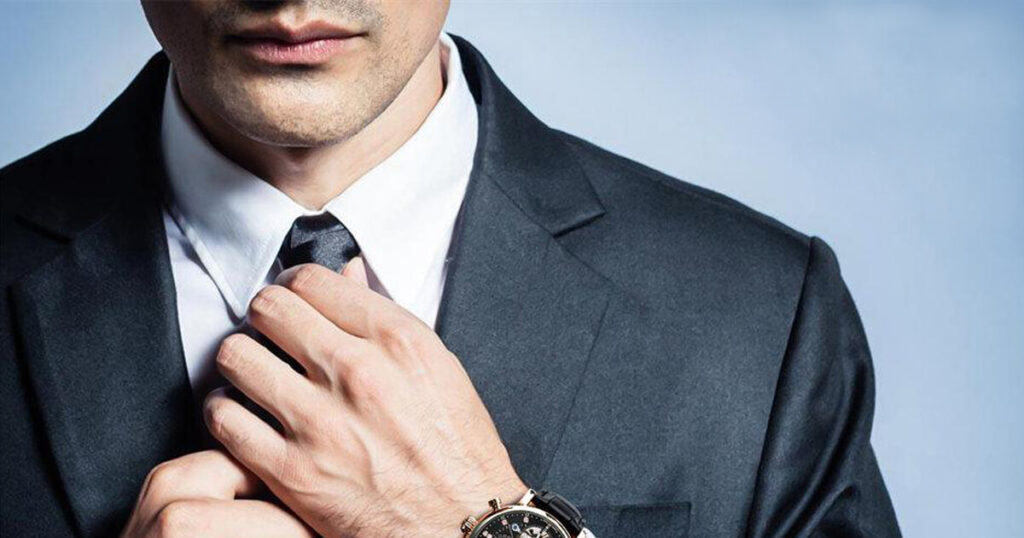
If you’ve been considering a hair transplant, it’s probably because you looked in the mirror one morning and saw scalp where there should be hair. The shock of an unexpectedly receding hairline or bald spot can be quite visceral. Nevertheless, you most likely didn’t book a consultation with a hair doctor or clinic right away. Of all the questions you may have about hair restoration, the most pressing one might be: Is now the right time to have a hair transplant? Below, our team at Nashville Hair Doctor has put together some information to make your decision easier.
What we always tell our patients is that everyone is different. There is no ideal age at which you should get a hair transplant, just like there is no ideal age for a tummy tuck or laser hair removal. On the one hand, many patients, once they’ve had a hair transplant and have seen how relatively easy it is, wish they had done it sooner. But on the other hand, you may not want to jump the gun and start too soon.
Here are some broad guidelines for how to choose when to have a hair transplant.
When Should You Get a Hair Transplant?
Things to Think About When Deciding When to Have a Hair Transplant
Your Age
Male pattern baldness, which affects up to two thirds of American men by the age of 35, can start showing as early as age 18. Typically, we don’t advise you have a hair transplant under the age of 25, even if you’re experiencing early hair loss. From 18 -29 your hairline is still forming. What you may think of as a receding hairline may simply be what’s called a mature hairline, which is not quite the same thing as a receding hairline.
By age 35, any hair loss you may experience has typically stabilized. This doesn’t mean you can’t have a hair transplant earlier. But it’s a good idea to wait until any rapid hair loss eases off so that your hair doctor or hair restoration technician can get a good idea of your pattern of hair loss. A hair transplant relies on using donor hair from the back of your head. If you opt for a hair transplant too early, you may distribute the donor hair too heavily in one area, leaving too little for late when it’s needed in another area. This also has to do with the natural density of your hair. In short, you want to plan out carefully where to distribute your hair so as to achieve the best overall effect.
However, we have had patients as young as 18 with severe hair loss, and seeing their joy at reversing this trend at such an early age is compelling. So again, there isn’t an ideal age for your procedure. We can help you evaluate your hair loss and give advice as to what we think is possible given your hair loss.
Your Expectations
As mentioned above, your donor hair is in somewhat limited supply. The good news is that the donor hair comes from an area that isn’t prone to hair loss. This means you don’t have to worry that you’ll have a hair transplant now, only for that same hair to later fall out. But what you do have to consider is where to put you donor hair to the best use.
The question you should ask yourself is this: If you only have enough donor hair to fit one area and not several, which area would you be most happy with? Going in with the right expectation is very important for a good outcome of hair restoration.
The Cost
We’re not going to lie and say hair transplants are cheap. They’re not. They require a fairly large financial investment, so the question of when you should have one may very well hinge on the price. Will you be able to afford a hair transplant or do you need more time to save up for one? What type of interest-free payment plans are being offered? Do certain hair transplant providers offer seasonal discounts only applicable at a certain time of year?
When doing your research into hair transplants, it’s a good idea to not just compare prices at different providers, but also their financing plans and special offers. Some clinics also offer travel packages for out-of-town patients. This may well save you money if you come from an area of the country with high hair transplant prices.
Recovery Time
While there are no real limitations on what time of year you can have hair transplant surgery, there are several considerations you should take into account.
How long it takes for a hair transplant to heal varies from procedure to procedure. Follicular Unit Extraction (FUE) is so popular because it requires practically no healing time. There is no surgical incision and therefore no scar, compared to other methods like the “strip method.”
However, even with FUE you are advised to plan for 7-10 days of recovery time. Your head will be covered with tiny red dots from where the hair follicles were extracted and re-inserted, and there may be a small amount of swelling. While you should feel fit enough to go back to work after just 1-2 days post-op, most of our patients choose to take a week or two off to allow their hair to start growing in again, and the tiny punctures to scab over and fall off.
Time of Year
For hair transplant patients at the Nashville Hair Doctor, the Christmas break tends to be the most popular time of year. Some companies tend to shut down their offices altogether over Christmas, in which case you wouldn’t even have to take any time off work.
Also, there are a few rules to observe after hair transplant surgery. While you can go back to most of your regular activities within just days after your procedure, swimming is not advised for a few weeks, and direct sunlight should be avoided. This doesn’t mean you can’t go on a beach vacation, as long as you invest in a hat. But it’s also a great time to explore, say, a new city or visit the mountains. Or perhaps you’d like to stay close to home and make a project of sampling the local restaurant scene.
No matter what time of year you choose for your hair restoration procedure, you’ll need to plan ahead to get it scheduled for your calendar. The holiday season is always a good time to take a look at the coming year and schedule the big events you hope to achieve.
How About Beard Transplants?
Beard transplants do require a little bit of thinking before plunging in. Patients seeking beard transplants tend to trend younger – partly because beards have become fashionable in recent years, and patchy beards are often an affliction of younger men whose beards have not have had time to mature.
For this reason it might be wise to wait a few years before committing to a beard transplant. First, what you consider an unacceptably patchy beard may still mature and fill in. And second, what you consider to be a full head of hair on your scalp may turn out to be thinning faster than you anticipated at such a young age – leaving you with areas on your scalp in your mid- to late thirties that you wish you had plenty of donor hair to fill.
Donor hair is a commodity of limited supply. While it isn’t prone to falling out, there is only so much of it. Some patients only ever need one hair transplant, but some with sever hair loss require more than one. In this case, it is good to budget your supply of donor hair.
Time to Get Started With a Free Quote
No matter how old you are or how much or how little your hair loss has progressed, it’s never the wrong time to get a completely free, no obligation quote. To find out if you are a good candidate and how much a hair transplant tailored to you would cost, simply click the Request Quote button and upload your pictures. We will contact you within one business day to ask additional questions, if necessary, and map out your hair restoration plan.
It’s always the perfect time to get started and learn more about the many options you have to achieve a younger look and invest in your confidence!








































